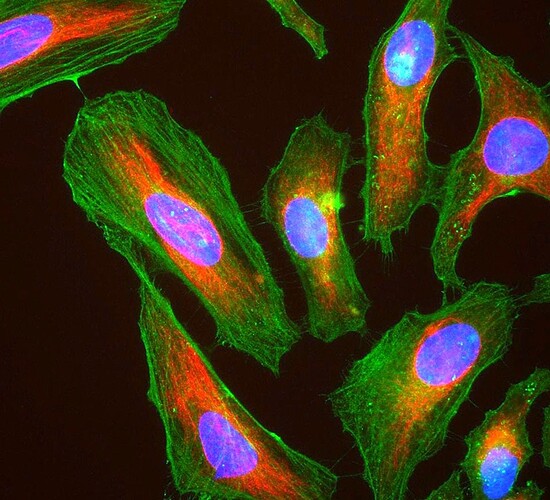HeLa cells??? ![]()
![]()
![]()
![]()
HeLa is an immortal cell line used in scientific research. It is the oldest and most commonly used human cell line.The line was derived from cervical cancer cells taken on February 8, 1951from Henrietta Lacks, a patient who died of cancer on October 4, 1951. The cell line was found to be remarkably durable and prolific which warrants its extensive use in scientific research.
The cells from Lacks’s cancerous cervical tumor were taken without her knowledge or consent. Cell biologist George Otto Gey found that they could be kept alive,and isolated one specific cell, multiplied it, and developed a cell line. Previously, cells cultured from other human cells would only survive for a few days. Scientists would spend more time trying to keep the cells alive than performing actual research on them. Cells from Lacks’s tumor behaved differently. As was custom for Gey’s lab assistant, she labeled the culture ‘HeLa’, the first two letters of the patient’s first and last name; this became the name of the cell line.
These were the first human cells grown in a lab that were naturally “immortal”, meaning that they do not die after a set number of cell divisions (i.e. cellular senescence).These cells could be used for conducting a multitude of medical experiments—if the cells died, they could simply be discarded and the experiment attempted again on fresh cells from the culture. This represented an enormous boon to medical and biological research, as previously stocks of living cells were limited and took significant effort to culture.
Image:
Immunofluorescence image of HeLa cells grown in tissue culture and stained with antibody to actin in green, vimentin in red and DNA in blue.
